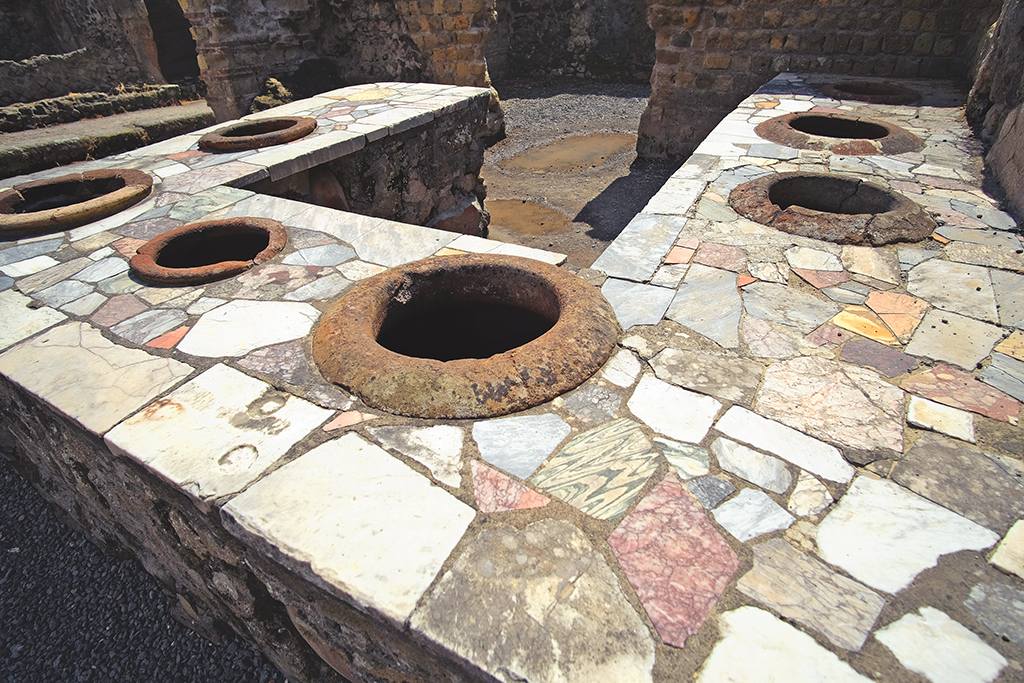In the late 16th century, a groundbreaking invention quietly revolutionized personal hygiene and the way society approached sanitation. The modern flushable toilet, as we know it today, was the brainchild of Sir John Harington, a poet, author, and godson to Queen Elizabeth I. While he is remembered for his literary works, Harington’s most lasting legacy is his contribution to sanitation with the invention of the first flushable toilet in 1596.
The Man Behind the Invention: Sir John Harington


Sir John Harington was a well-educated member of the English court, known for his wit and penchant for humor. As the godson of Queen Elizabeth I, he had access to the royal court and was involved in various intellectual and political endeavors. Though he was often remembered for his mischievous poetry and translation works, Harington’s contribution to sanitation proved to be his most impactful achievement.
His invention of the flushable toilet came at a time when human waste disposal was rudimentary and unsanitary. Most people used chamber pots, and waste was often discarded into the streets, leading to foul odors and health hazards. Harington sought to address this growing problem with an innovative and practical solution.
The First Flushable Toilet: A Royal Prototype
In 1596, Sir John Harington developed a device he referred to as the “Ajax” (a play on the word “jakes,” which was slang for toilet at the time). This early toilet was designed for Queen Elizabeth I’s Richmond Palace and represented a significant improvement in cleanliness and convenience over existing methods of waste disposal.
The toilet consisted of a raised cistern that held water, which would be released into the bowl to flush away waste through a valve. The water was stored in a tank above the toilet and was released by pulling a lever. The waste would then be washed away through a curved pipe, similar to modern flush systems.
Harington’s toilet also featured a scented water tank and a stopcock, or valve, which allowed water to flow into the bowl to wash away waste, and an outlet pipe to remove it from the residence. He included a U-bend in the design to prevent odors from escaping—an early version of the trap used in modern plumbing.

Royal Endorsement: Queen Elizabeth I’s Approval
Queen Elizabeth I was among the first to use Harington’s innovative toilet. Impressed by the invention, she had one installed in her Richmond Palace, but the technology did not catch on widely at the time, primarily due to the lack of adequate plumbing infrastructure in most homes. The Queen praised Harington for his invention, but its adoption remained limited to the elite due to the complex and costly installation process.
Harington’s Legacy: Pioneering Sanitation
Although the invention of the flushable toilet did not become mainstream in Harington’s lifetime, his contributions laid the foundation for modern plumbing and sanitation. It wasn’t until the 19th century, when inventors like Alexander Cumming and Thomas Crapper improved upon Harington’s design, that flush toilets became common in households.
The impact of this invention on public health and hygiene cannot be overstated. The flushable toilet helped to drastically reduce the spread of diseases caused by unsanitary conditions and improved the quality of life for people across the world.

Conclusion: The Flush Toilet’s Lasting Impact
Sir John Harington’s flushable toilet may have been ahead of its time in the 16th century, but its importance in shaping modern sanitation is undeniable. His invention was a bold and innovative response to the hygiene issues of the time, and although it took several centuries for the idea to take off, Harington’s work is now recognized as a pivotal moment in the history of human civilization. Thanks to his efforts, the concept of the flushable toilet evolved into a standard necessity in homes, making daily life cleaner, safer, and more comfortable for all.





